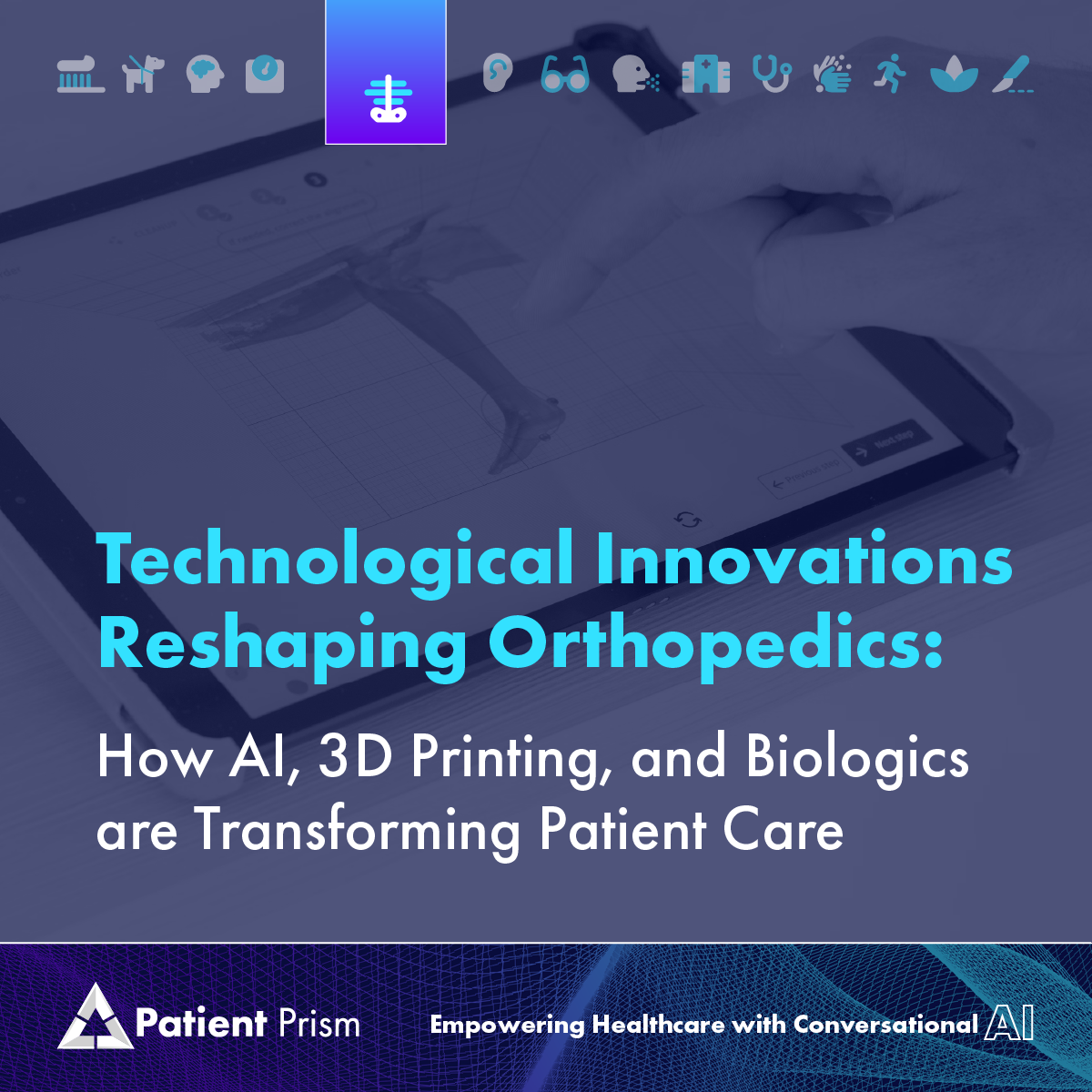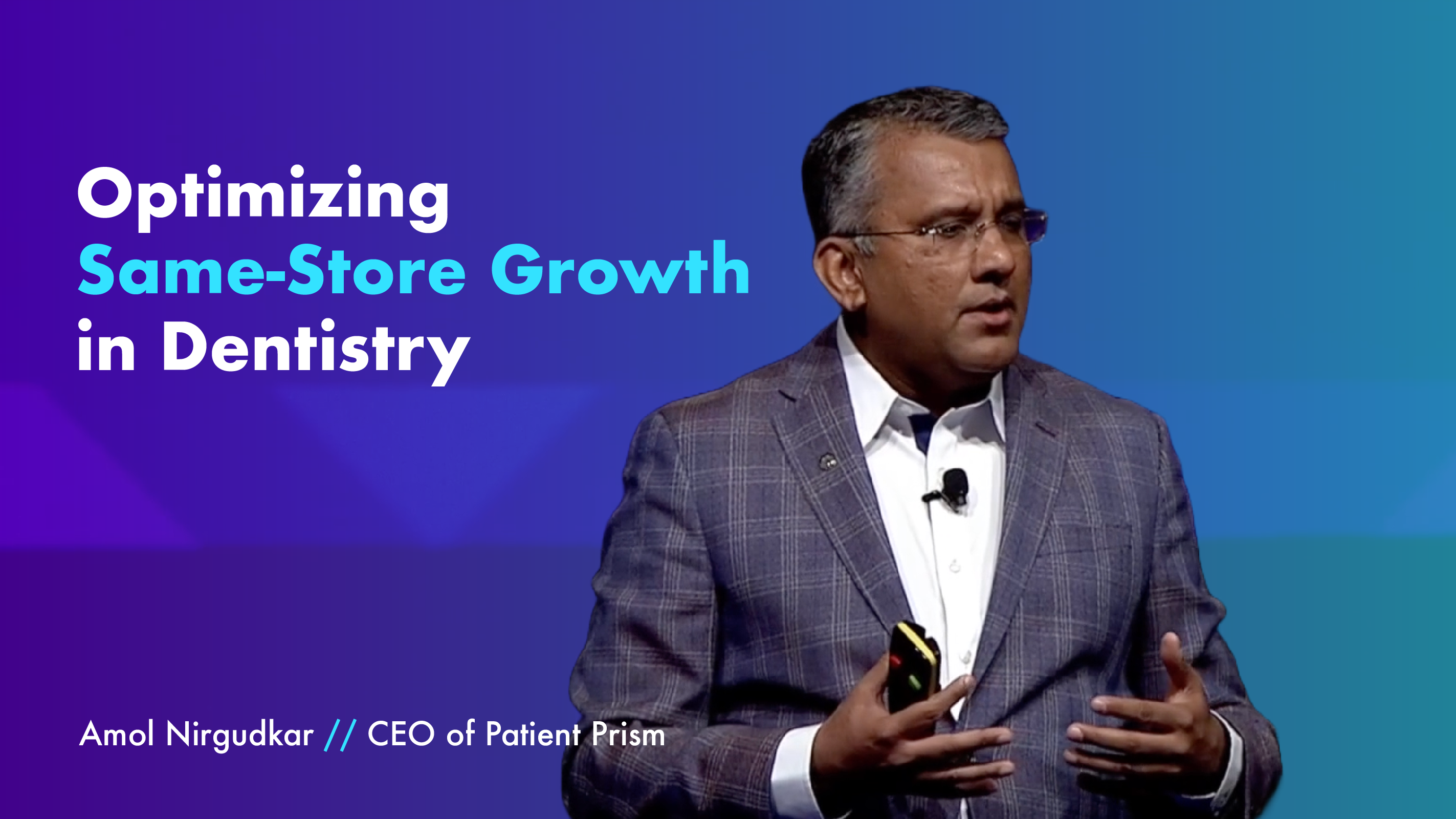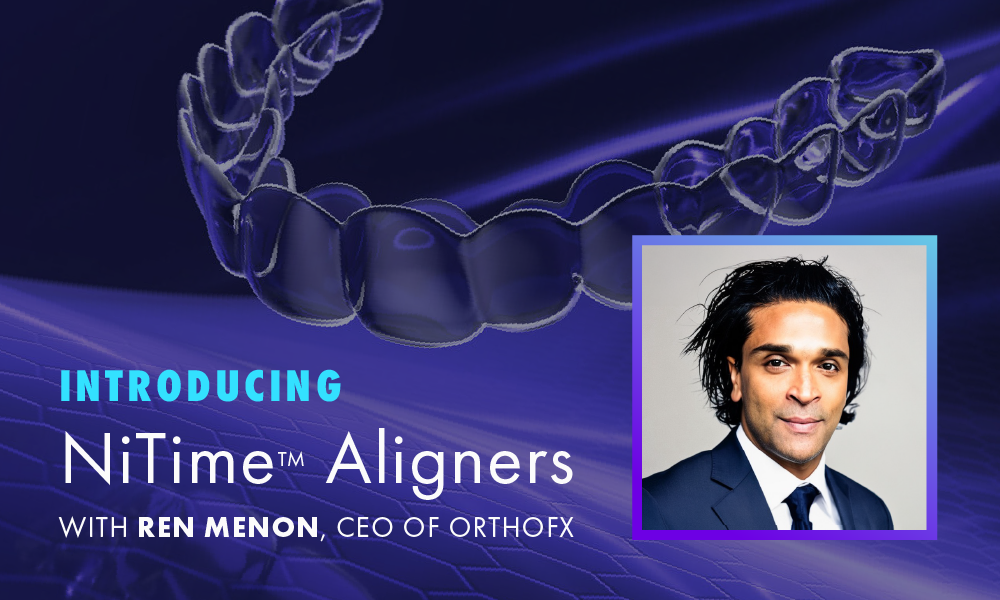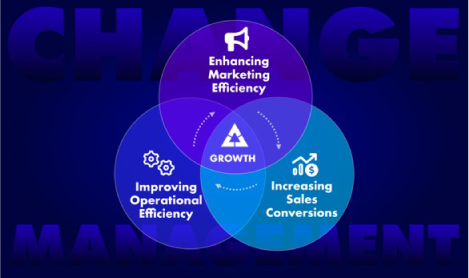Technological Innovations Reshaping Orthopedics. Artificial Intelligence (AI) is not just a buzzword in the tech world; it’s a transformative force in orthopedics. By leveraging AI, healthcare professionals are able to dramatically improve the accuracy of diagnostics. AI algorithms excel in analyzing complex medical images, identifying patterns that might elude the human eye. This capability is critical for early and accurate diagnosis, ensuring that treatment can commence promptly and appropriately.
1. Artificial Intelligence: A Game-Changer in Orthopedic Diagnostics and Treatment
Artificial Intelligence (AI) is not just a buzzword in the tech world; it’s a transformative force in orthopedics. By leveraging AI, healthcare professionals are able to dramatically improve the accuracy of diagnostics. AI algorithms excel in analyzing complex medical images, identifying patterns that might elude the human eye. This capability is critical for early and accurate diagnosis, ensuring that treatment can commence promptly and appropriately.
Moreover, AI plays a pivotal role in treatment planning. By integrating individual patient data, AI algorithms can predict disease progression and recommend optimized treatment plans tailored to each patient. This approach not only personalizes patient care but also enhances treatment outcomes. Additionally, AI streamlines several administrative tasks such as scheduling and patient follow-ups, freeing up valuable time for medical staff to focus on direct patient care.
2. 3D Printing: Tailoring Tools and Implants to Patient Needs
3D printing technology is making significant inroads in orthopedics, particularly in the creation of custom-made implants and surgical tools that match the patient’s unique anatomy. This customization is crucial for improving the compatibility and comfort of implants, which can lead to quicker recovery times and better functional outcomes.
The ability to print precise models of a patient’s anatomy is a boon for surgeons. These models can be used to plan and simulate complex surgeries, enhancing surgical precision and reducing the risk of complications. The impact of 3D printing extends to prosthetics and orthotics, offering designs that not only fit better but also replicate more natural movements.
3. Orthobiologics: Pioneering Regenerative Treatments
The field of orthobiologics is pushing the boundaries of how orthopedic conditions are treated. Using natural substances like cells and biomaterials, orthobiologics support and accelerate the body’s own healing mechanisms. Techniques such as stem cell therapy, platelet-rich plasma (PRP), and the use of growth factors are becoming mainstream. These treatments are particularly effective for acute injuries and chronic conditions like arthritis, offering faster recovery times and reducing the need for more invasive procedures.
4. Wearable Technology: Enhancing Recovery with Real-Time Data
The integration of wearable technology in orthopedic care is transforming postoperative recovery. Devices worn by patients can monitor movement and vital signs, providing a continuous stream of data that doctors can use to tailor rehabilitation exercises and adjust treatment plans. This real-time monitoring ensures that patients are recovering as expected and allows for adjustments to be made quickly if necessary.
5. Telemedicine: Remote Care Gaining Ground
The surge in telemedicine, accelerated by the COVID-19 pandemic, has been particularly beneficial in orthopedics. Virtual consultations and follow-ups allow continuous patient care without the need for physical office visits. This is especially advantageous for postoperative patients and those with mobility issues, ensuring they receive the necessary support throughout their recovery.
Challenges and Considerations
Despite the promising advancements, the integration of these technologies in orthopedics is not without challenges. The high costs of new technology, the need for specialized training for healthcare providers, and concerns about patient data security are significant hurdles. Furthermore, the ethical implications of AI in decision-making processes in patient care continue to provoke debate within the medical community.
The landscape of orthopedic care is rapidly changing, driven by the relentless pace of technological innovation. As these technologies continue to develop, they promise even greater improvements in patient care and treatment outcomes. However, navigating the complexities of implementation and ethical considerations will be crucial for realizing the full potential of these innovations.







